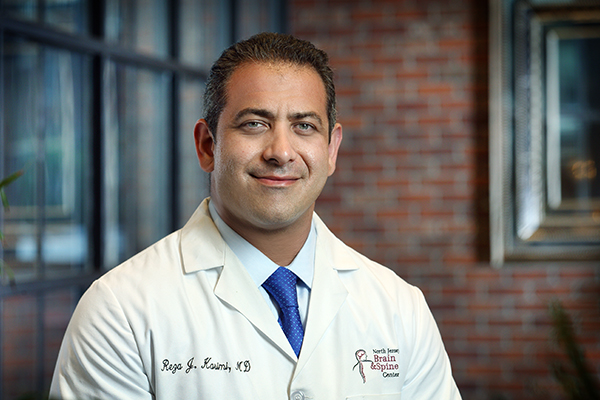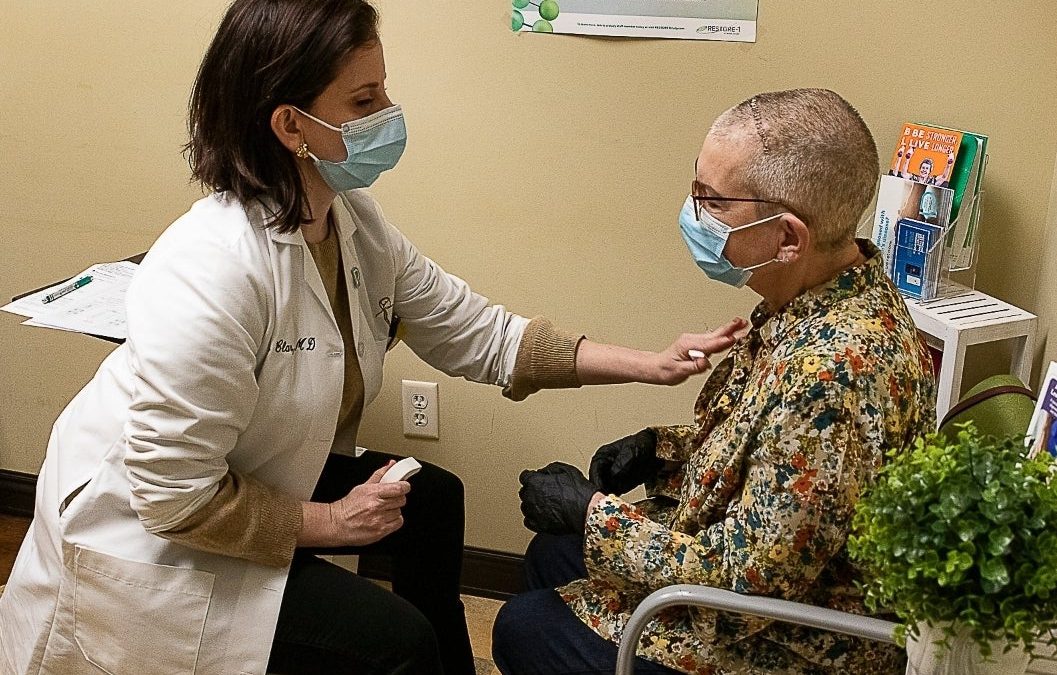Craniotomy vs Craniectomy vs Cranioplasty
A craniotomy, craniectomy, and cranioplasty are all related procedures a surgeon performs a procedure to access the cranial cavity.
What is a craniotomy?
A craniotomy is the most common type of surgery for brain tumor removal.
The procedure may also be performed to:
- remove a blood clot,
- to control hemorrhaging,
- to remove arteriovenous malformations,
- to drain a brain abscesses,
- to perform a biopsy of the brain, or
- to clip a brain aneurysm.
A craniotomy may also be used to treat tumors and epilepsy. Many people make a full recovery after surgery and have minimal side effects or complications.
During the craniotomy procedure, the patient’s own bone is replaced and reconstructed.
What is a craniectomy?
A craniectomy is a neurosurgical procedure that involves removing a portion of the skull in order to relieve pressure on the brain. The removed bone is not replaced at the time of the initial procedure, but is often replaced several months after the initial brain injury or stroke.
The procedure is typically performed when:
- A patient has experienced a severe brain injury that involves excessive swelling of the brain.
- A patient is suffering from a stroke (either hemorrhagic or ischemic), if the stroke is large enough to cause significant brain swelling, a craniectomy is performed to relieve pressure. A craniectomy is often a life-saving operation.
What is a cranioplasty?
A cranioplasty is a surgical procedure to correct a deformity or defect in the skull and it is usually performed after a traumatic brain injury, or after a previous brain surgery. Cranioplasty is mainly a cosmetic procedure performed to restore the normal appearance of the skull. During the procedure, the skull is repaired using either bone grafts or synthetic materials such as titanium, or synthetic bone substitutes.
A cranioplasty may be performed for any of the following reasons:
- Protection: To further protect the brain from a cranial defect
- Function: To improve neurological function
- Aesthetics: To correct noticeable skull defects and appearance
- Headaches: To reduce headaches due to previous surgeries or injury.








